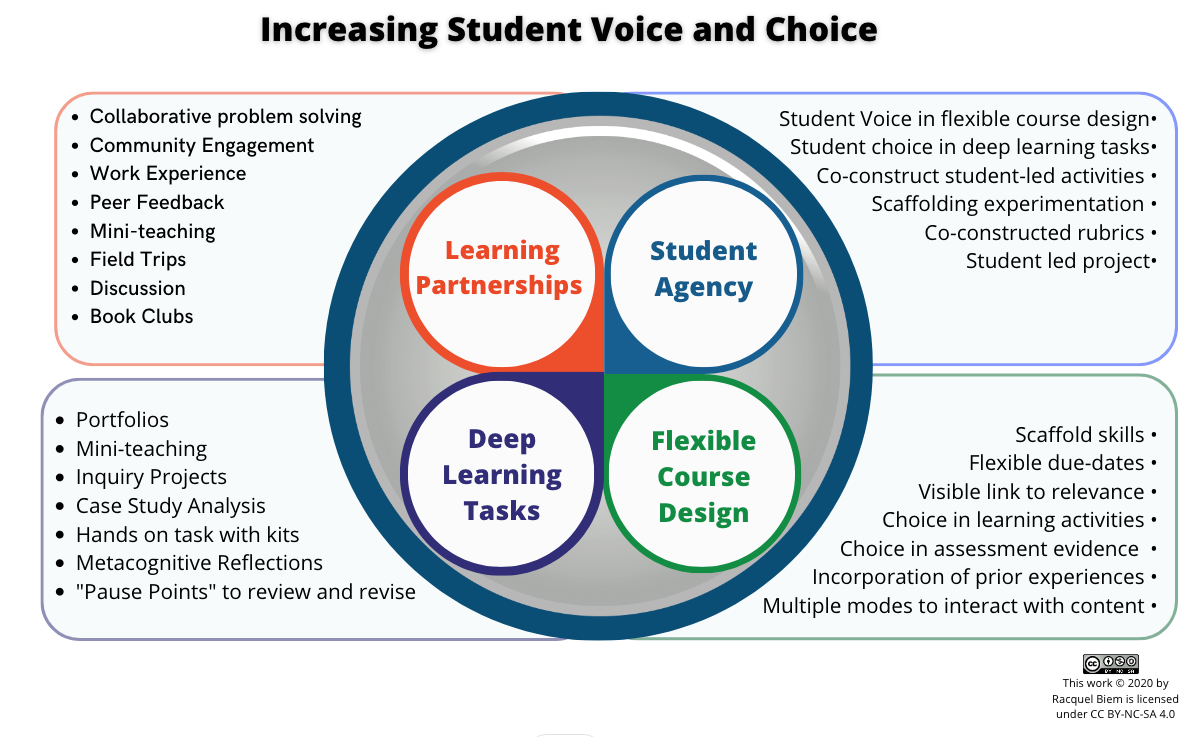Graduates with perspectives and approaches the world needs
We often talk about the skills our graduates will need for success in their work and within our communities. As we aspire to be the university the world needs, we can’t overlook how essential perspective taking and cross-cultural competence are in our increasingly diverse world. In this place, we have a collective commitment to improve the situation for the First Nation, Metis, and Inuit peoples, and to truth and reconciliation. And we can also see the impacts of nationalism and nativism on the global stage, a problem that is prompting us to equip our students with the skills they will need to respond.This post is one in a series related to the educator commitments in Our Learning Charter. It focuses on how to help students to explicitly recognize their own position and work to understand, acknowledge, and value perspectives and worldviews different from their own.
What you can model in your teaching:
- Start by acknowledging your own position and privilege. Being a role model and ally is essential in supporting students in the process of doing the same thing. Knowing why you would include a land acknowledgement, for example, rather than omitting one or just adding one to your syllabus is part of an acknowledgement. Not quite sure how to approach it in a good way? Join the short course in the fall on Indigenization, decolonization and reconciliation at the Gwenna Moss Center for Teaching and Learning (GMCTL).
- Purposefully include content, perspectives, and worldview from local Indigenous communities and international perspectives. The focus should be on being prepared to support a diverse world and set of different views. Need some support? Ask for a consultation at GMCTL.
- Deliberately offer more than one perspective on the debates of your discipline whenever possible, and explain the value of those discussions to the disciplinary discourse. Provide opportunities for students to engage in facilitated discussions about those debates without taking a position yourself.
What you could do with your students:
- Choose to share your own power by using active learning strategies to get students thinking and talking, rather than transmission styles where students mostly listen. Understanding, acknowledging, and valuing perspectives and worldviews different from their own is requires active learning processes, because it requires students to be in dialogue with the other. Learn more about the research on active learning or experiment with some active learning strategies in your class.
- Provide students with deliberate opportunities to work in culturally diverse groups where they’ll be exposed to a multiplicity of perspectives that they might not encounter, given that we are more likely to self-select groups of people like us.
- Proactively plan for how to have challenging conversations with students in class, and how to respond when students struggle to value worldviews and perspectives other than their own. Not sure how do this? Join the GMCTL for a workshop series on planning for and responding to difficult conversations in the classroom or preview some online resources.
View other posts in the Charter Chat series.

2 Comments
Pingback:
Pingback: